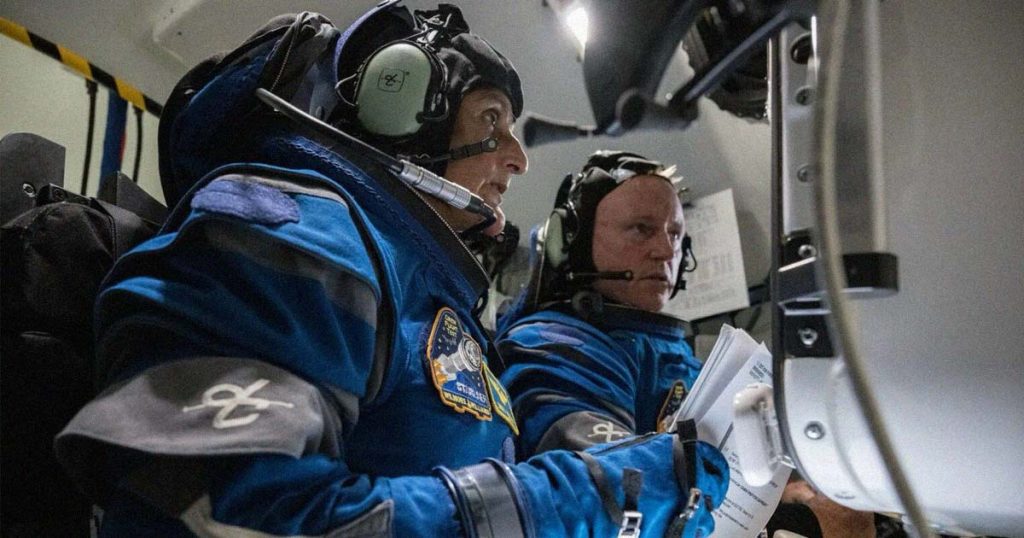NASA is still busy evaluating the risks involved in returning NASA astronauts Suni Williams and Butch Wilmore, who have been stranded on board the International Space Station since early June, to Earth.
Their ride up, Boeing’s Starliner, has been plagued with technical issues that have forced the space agency to come up with several contingency plans.
While NASA and Boeing maintain that Starliner is ready to take the two crew members down to the surface in the case of an emergency — despite the possibility of several thrusters malfunctioning — even alternative rideshare options could expose Williams and Wilmore to considerable risks.
For one, Starliner’s spacesuits aren’t compatible with those used on board SpaceX’s Crew Dragon spacecraft. That means if the pair were to return on board the SpaceX capsule currently docked to the station, which is one rescue plan under consideration by NASA, they’d be flying without wearing a suit, as NASA confirmed during a teleconference call last week — an unfortunate reality for the space agency that will likely factor into its upcoming decision.
While “launch and entry” or intravehicular (IVA) spacesuits, unlike extravehicular activity (EVA) suits, are worn as a precaution inside spacecraft in case of cabin pressure loss, they could still prove life-saving if an emergency were to occur. They can also help with temperature regulation, and in some cases collect data and pass it on to the spacecraft’s software.
The reason for the incompatibility between SpaceX’s and Boeing’s suits is due to the nature of NASA’s Commercial Crew program, which funded the development of both Boeing’s Starliner and SpaceX’s Crew Dragon spacecraft.
“For every era of spaceflight before this current one, NASA used a different model of procuring spaceships,” explained Swapna Krishna from the YouTube channel Ad Astra in a recent explainer video, adding that NASA used to be “deeply involved” throughout the entire process.
But with Commercial Crew, NASA allowed its private partners to “design and innovate as long as the companies met NASA’s broad requirements and safety standards, as well as reach specific milestones, one of which is a successful crewed test flight,” Krishna explained.
Yet the agency “did not specify” that the spacesuits “needed to be cross-compatible,” a way “NASA controls risk” by keeping its options as wide as possible in case something went wrong with one option.
With Boeing and SpaceX choosing vastly different design approaches, one can’t simply be swapped for the other.
Even if Williams and Wilmore were to be loaded into an already fully occupied Crew-8 Crew Dragon, and they somehow had suits ready, Krishna explained, the capsule is only configured for four passengers, despite originally being designed to be occupied by a crew of seven. That means their suits wouldn’t have anywhere to plug in anyway.
Fortunately, NASA has an entirely separate option to get the two astronauts back down to the ground: SpaceX’s upcoming Crew-9 mission, which could be launched with just two, not four, crew members to make space for Williams and Wilmore, allowing them to return sometime in February.
In that case, the space agency could simply send up two spare suits for both of them, making it a far more convenient option.
Regardless of whether Williams and Wilmore were to return on board the Crew-8 spacecraft or on the next SpaceX ride, ditching Boeing’s plagued Starliner will still likely sting.
The aerospace giant and NASA have committed billions of dollars into the capsule’s development — so having it return without any passengers on board would be a major vote of no confidence.

